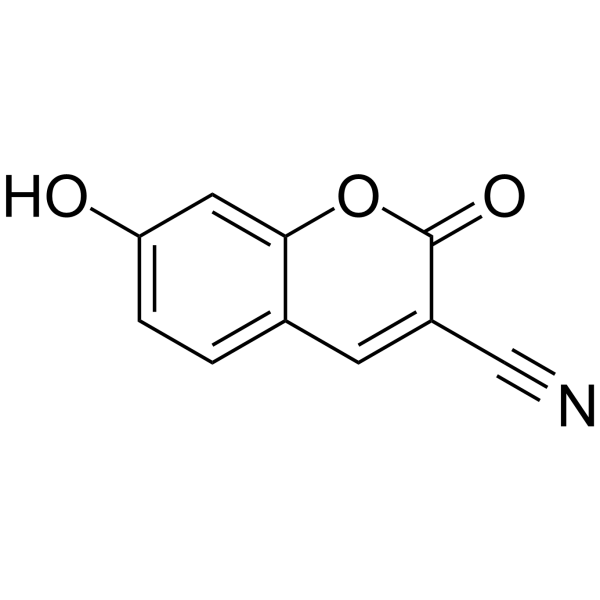Differences in cytochrome P450 enzyme activities between fish and crustacea: relationship with the bioaccumulation patterns of polychlorobiphenyls (PCBs).
Samuel Koenig, Pilar Fernández, Montserrat Solé
文献索引:Aquat. Toxicol. 108 , 11-17, (2012)
全文:HTML全文
摘要
Variations in cytochrome P450 enzyme (CYPs) distribution and function between animal groups could result in differential metabolism and elimination kinetics for certain contaminants. Although a number of studies have suggested that differences in polychlorobiphenyl (PCB) accumulation profiles between crustacea and fish might result from differential CYP patterns, the relationship between PCB bioaccumulation and CYP capacities has not been demonstrated in these organisms. In the present study we investigated the hepatic microsomal catalytic activities in three deep-sea fish species, Alepocephalus rostratus (Alepocephalidae), Coelorinchus mediterraneus (Macrouridae), and Lepidion lepidion (Moridae), and the decapod crustacean Aristeus antennatus (Decapoda), using six fluorescent CYP-mediated substrates, namely ER (7-ethoxyresorufin), PR (7-pentoxyresorufin), BR (7-benzyloxyresorufin), CEC (3-cyano-7-ethoxycoumarin), DBF (dibenzylfluorescein) and BFC (7-benzyloxy-4-trifluoromethylcoumarin). Furthermore, we related the metabolic activities to the accumulation patterns of 41 PCB congeners in the muscle of these organisms. The results indicated a marked difference in the presence and activities of CYP isoforms between fish and the crustacean A. antennatus. Liver microsomes of the three selected fish species were capable of metabolizing all six CYP-mediated substrates and enzymes were identified as primarily belonging to CYP1A and CYP3A subfamilies. In contrast, hepatopancreas microsomes from A. antennatus only showed activity for PR and DBF substrates, generally related to mammalian CYP2-like enzymes. Furthermore, a direct relationship between metabolic activities and PCB accumulation profiles could be established. Results revealed that A. antennatus accumulated significantly higher proportions of PCBs 28, 52, 118, 138, 158 and 169 than fish, which is in accordance with the previously observed lack of CYP1A-like biotransformation capacities. Moreover, A. antennatus exhibited lower levels of PCBs 87, 149, 153, 170, 180, 183, 194 and 206 indicating that this crustacean is able to metabolize congeners considered mammalian CYP2B inducers. Hence, the present findings highlight the role of CYP-mediated metabolism in the congener-specific accumulation of PCBs in aquatic organisms and stress the need to further investigate quantitative and qualitative differences in xenobiotic metabolism among animal groups.Copyright © 2011 Elsevier B.V. All rights reserved.
相关化合物
| 结构式 | 名称/CAS号 | 分子式 | 全部文献 |
|---|---|---|---|
 |
3-氰基伞形酮
CAS:19088-73-4 |
C10H5NO3 |
|
Potent inhibition of CYP1A2 by Frutinone A, an active ingred...
2012-10-01 [Xenobiotica 42 , 989-1000, (2012)] |
|
A continuous fluorometric assay for cytochrome P-450-depende...
1988-08-01 [Anal. Biochem. 172 , 304, (1988)] |
|
Assessment of cytochrome P450 fluorometric substrates with r...
2010-05-10 [Aquat. Toxicol. 97 , 324-333, (2010)] |
|
TRAM-34, a putatively selective blocker of intermediate-cond...
2013-01-01 [PLoS ONE 8 , e63028, (2013)] |
|
The molecular basis for the broad substrate specificity of h...
2011-01-01 [PLoS ONE 6(11) , e26794, (2011)] |